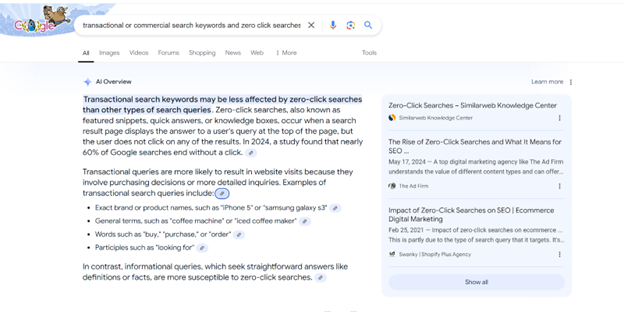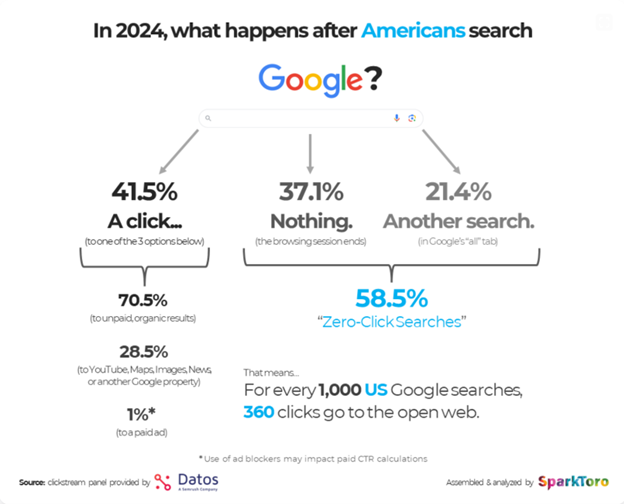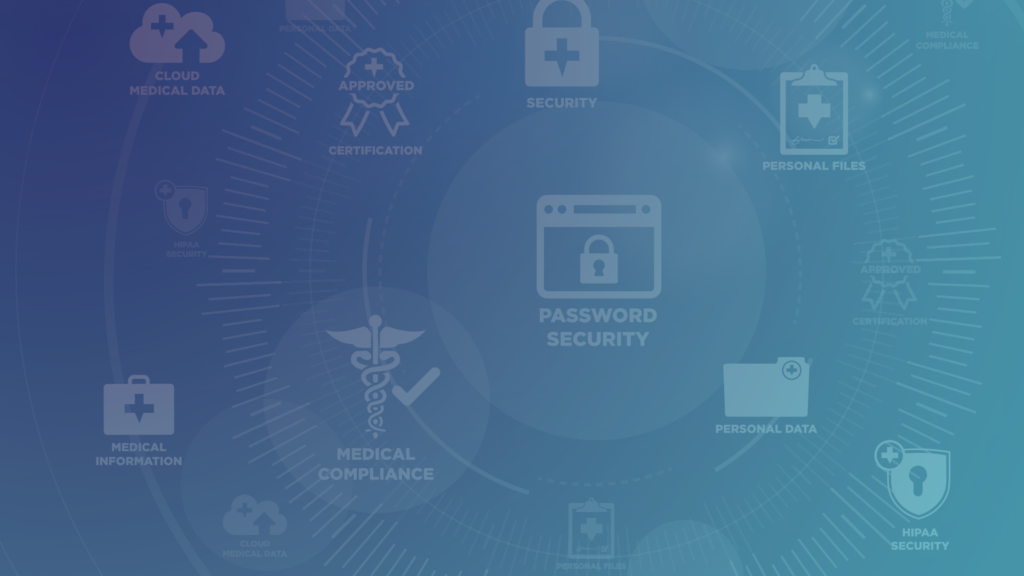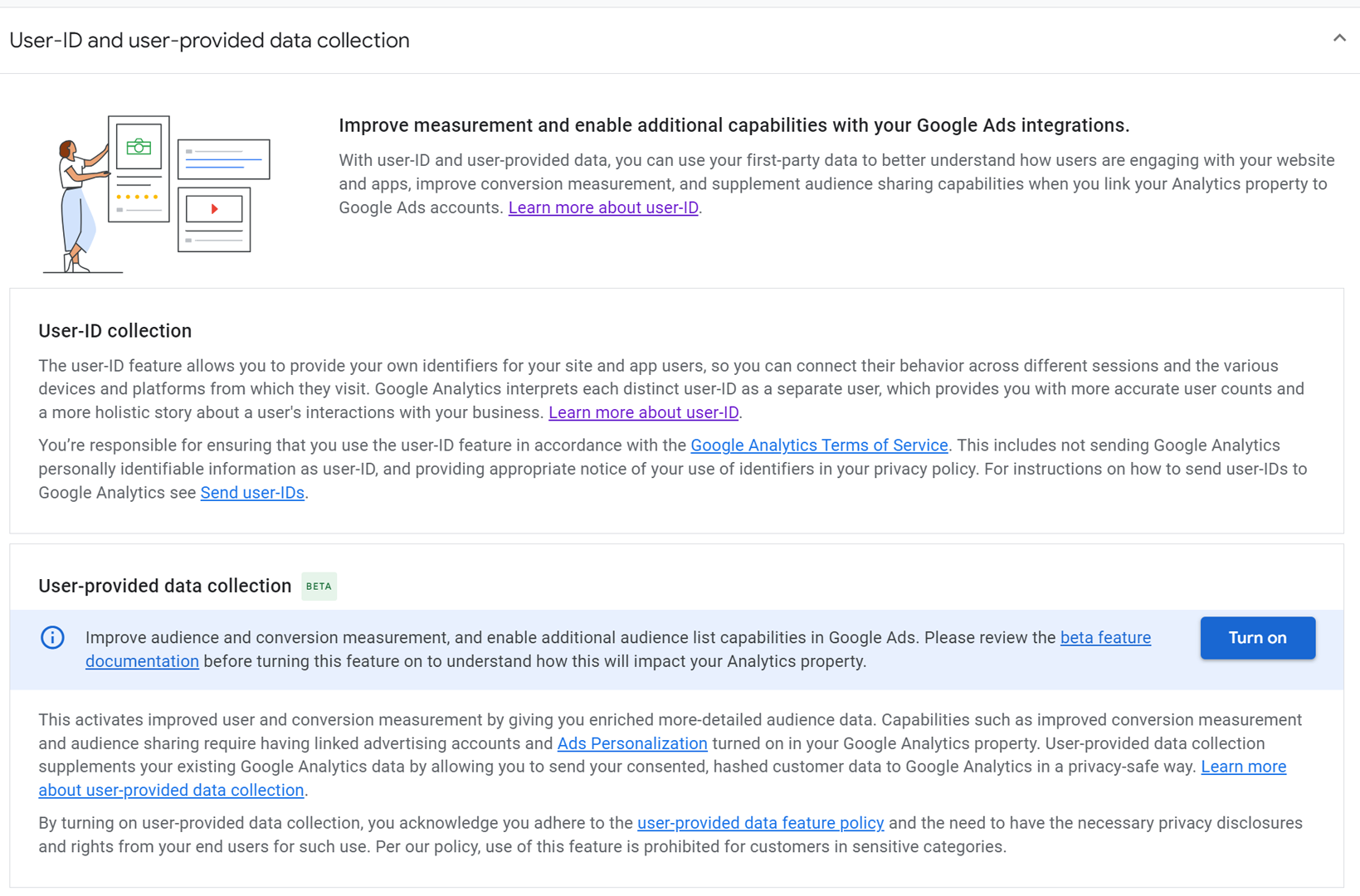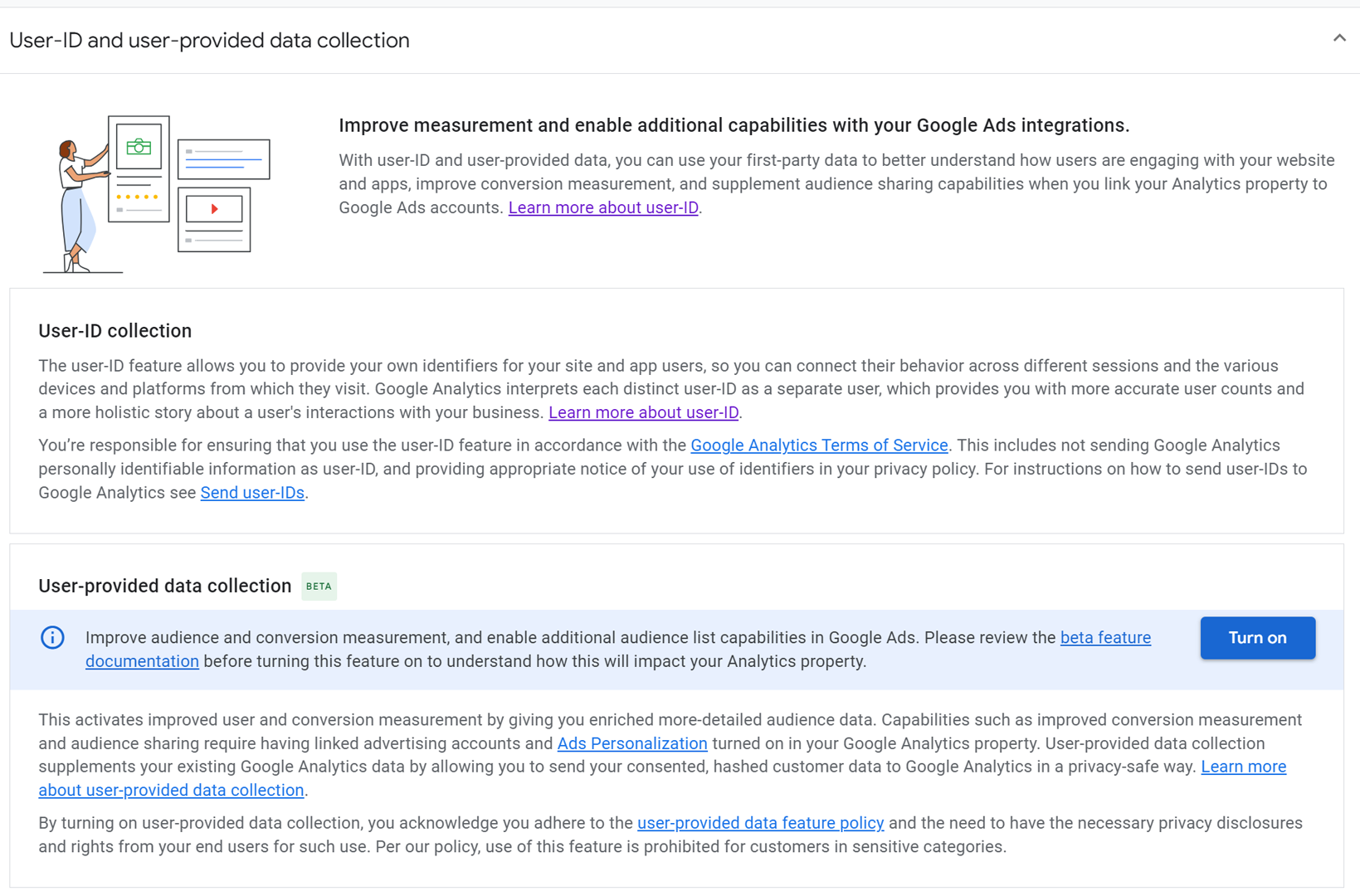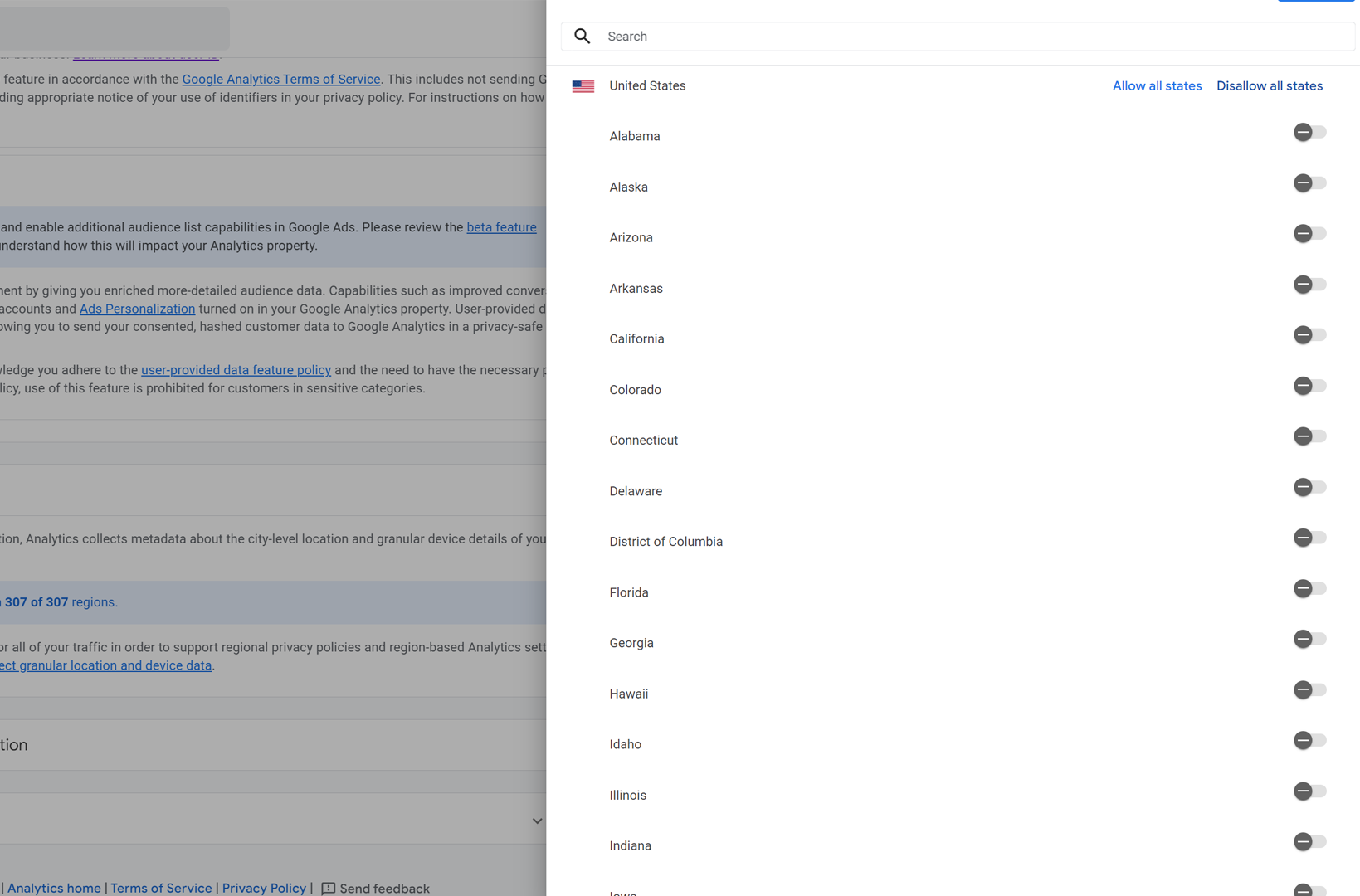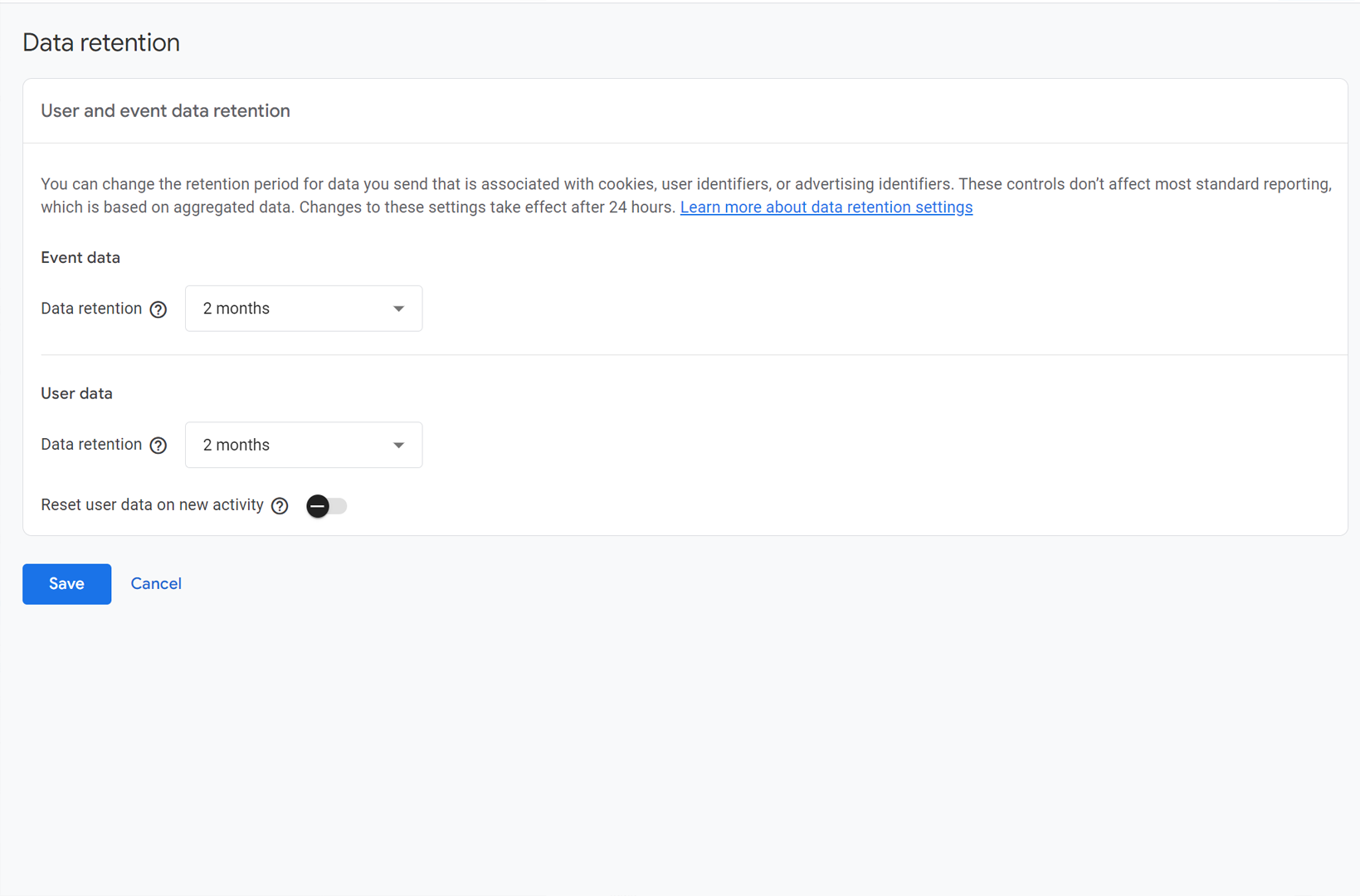
If you have dabbled in digital marketing, you have likely come across the growth of first-party data collection protocols and the eventual end of reliance on third-party data sources, especially those stored on third-party cookies. What do these protocols mean and how can you, as a marketer, work around them?
This article will take a look at first-party data vs third-party data environments, implications of third-party cookie deprecation, and how two largest ad platforms, Facebook and Google are offering work around solutions.
First Party vs Third Party Marketing Data
In simple terms, third-party data involves gathering user information indirectly from external sources rather than directly from your customers. Here are some common examples:
Website Tracking Tools
- Cookies & Tracking Pixels – Pixels added to your website may drop ‘cookies’ on your browser, so your web activity can be tracked by the third-party platforms that dropped cookies on your device/browser.
- Third-Party JavaScript Tags: Embedded scripts from platforms like Google Tag Manager that allow vendors to track behavior on websites.
Mobile SDKs (Software Development Kits)
- Apps integrate third-party SDKs from companies, such as Facebook Audience Network, which collect user data like location, device info, and app activity. Ever see ‘Do You Want to Allow this App to Track Your Activity?’ Yup, that’s your smartphone limiting how much data your apps can collect without your permission.
Data Brokers / Partnership Data Sharing
- You may decide to purchase data from companies like Acxiom or Experian that collect consumer data from various online and offline sources.
- You may partner with third parties to exchange or license anonymized customer data for marketing purposes.
Survey & Panel Data
- Market research companies like Nielsen or YouGov collect consumer preferences through surveys and provide that data to businesses.
In contrast, first-party environments depend on collecting data from your owned channel with user consent. Some examples of first-party data collection include:
Direct Newsletter Programs
- Instead of tracking users across websites, companies using subscriber behavior data to understand their users
Customer Portals & Native Apps
- Businesses using authenticated environments to better target compared to cookie-based tracking
- Brands with native apps are maintaining 85% of their targeting capabilities despite cookie deprecation
Consent Management
- Companies implement consent solutions that directly ask their customers about their willingness to share data with the company’s website they are visiting as well as their willingness to share their data with third party who may have cookies on the website.
Same domain web tracking
- By setting up a server side tagging container on a cloud provider of choice, companies can establish an intermediary between their website and third party analytics and marketing platforms.
This intermediary between the website and third party platforms allows for the collection of user data, with consent, as a subdomain of the primary domain.
Deprecation of Third Party Cookies & Intelligent Tracking Prevention
In light of rising concerns about privacy, in general, and growing legal protection offered to safeguarding personally identifiable solutions, many leading tech companies, including Apple and Google, have committed to their privacy-first solutions.
Apple devices and browsers now prevent third-party cookies and mobile SDKs from tracking user activity without their consent. Worth mentioning are Intelligent Tracking Prevention (ITP)—a privacy feature built into Safari browser that helps protect users from being tracked across different websites without their permission. Its counterpart can be found in App Tracking Transparency (ATT) for mobile apps, which acts as the mobile equivalent of ITP for Apple devices.
Similarly, Google has implemented the Privacy Sandbox that utilizes privacy-first technologies and phasing out of third-party tracker cookies to support a move towards user privacy protection. To learn more about what these technologies are, visit Google’s Privacy Sandbox overview.
How are major Ad Platforms Reacting to Privacy-First Data Environments?
Facebook’s Conversion API (CAPI) and Google Ads’ Enhanced Conversions provide marketers with advanced tools to effectively manage and utilize first-party data. These solutions are designed to optimize marketing campaigns, enhance audience targeting, and improve conversion tracking, especially in a landscape where third-party cookies are being phased out.
Let’s focus on how these solutions bypass the traditional third-party data collection.
Facebook CAPI allows businesses to send web events (like purchases, sign-ups, etc.) directly from their server to Facebook’s servers. This bypasses browser limitations and ad blockers, ensuring that tracking remains intact.
Google Enhanced Conversions works a bit differently to bypass third-party data collection. When a user interacts with an ad and completes a conversion action (like making a purchase or signing up), Google Ads Enhanced Conversions can capture the first-party data provided by the However, before sending this data back to Google, it is encrypted to ensure that the user’s privacy is maintained. This means that only anonymous, encrypted data is shared, complying with data protection regulations.
We will discuss details on both these solutions in upcoming blogs, but for now, let’s take a look at how these solutions work to
- First-Party Data Utilization: Both Facebook CAPI and Google Ads Enhanced Conversions focus on harnessing first-party data—data collected directly from users. By using this data, marketers can create tailored advertising experiences that resonate with their target audience.
- Improved Tracking and Attribution: Usage of these tools allows for more accurate tracking of user interactions and conversions across platforms. This leads to better attribution of marketing efforts, enabling marketers to understand the complete customer journey and the effectiveness of their campaigns.
- Privacy Compliance: With increasing scrutiny on data privacy, both solutions are built to comply with regulations. Marketers can leverage first-party data while ensuring they are respecting user privacy and data protection laws. In the case of Facebook CAPI, data first reaches the organization’s servers before being sent to Facebook’s servers. In the case of Google, user data is fully encrypted to protect user data from reaching third-party platforms.
- Enhanced Targeting Capabilities: By integrating first-party data into advertising strategies, marketers can create more precise audience segments. This allows for improved targeting of ads, leading to higher engagement and conversion rates.
- Optimized Campaign Performance: With better data insights and tracking, marketers can continually refine their campaigns. They can analyze which strategies are working and adjust their tactics in real-time to maximize ROI.
Future-Proofing Marketing in a Privacy-Driven Landscape
By effectively utilizing tools like Facebook CAPI and Google Ads Enhanced Conversions, marketers can thrive in a first-party data environment, ensuring they remain competitive and relevant in their advertising efforts.
To learn how to implement Facebook CAPI and Enhanced Ecommerce, please visit webtage.com/analytics or contact us at info@webtage.com






